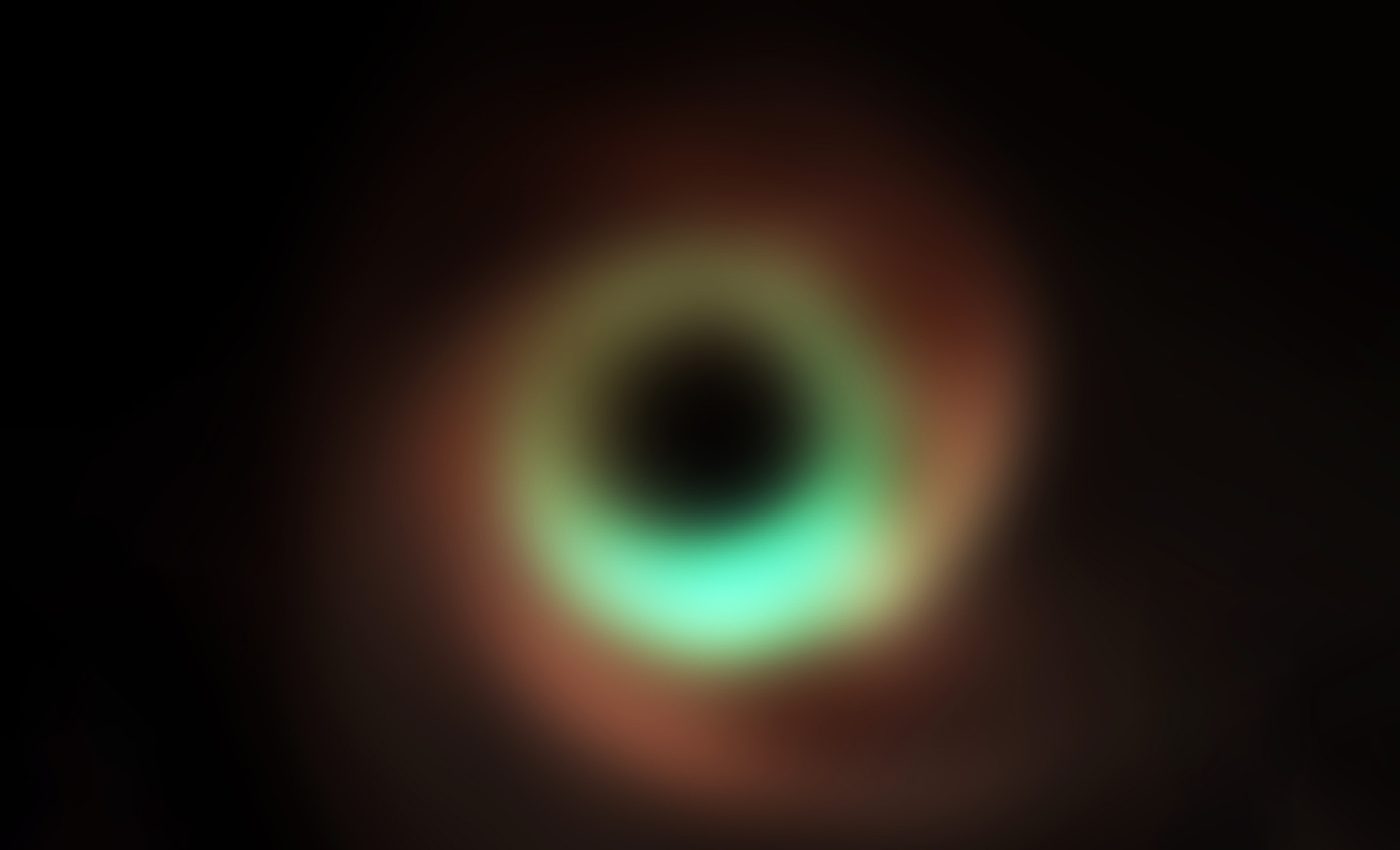
Highest-resolution black hole images ever taken usher in a new era
Black hole research has reached a new milestone, thanks to a team of astrophysicists who have achieved an unprecedented level of detail in their observations.
In a recent pilot experiment, scientists from the Event Horizon Telescope (EHT) Collaboration conducted test observations that achieved the highest resolution scale ever obtained solely from the surface of our planet.
The research promises to revolutionize our understanding of the universe by providing sharper images of black holes and the areas immediately surrounding them.
Inching closer to black holes
The scientists used the Atacama Large Millimeter/submillimeter Array (ALMA) along with other facilities. They managed to detect light from distant galaxies at a frequency of around 345 GHz, equivalent to an impressive wavelength of 0.87 mm.
This technological leap is set to transform black hole imaging, with experts estimating future images to be as much as 50% more detailed than before. The images will reveal a clearer picture of the areas immediately outside of black hole boundaries.
Observing Sagittarius A*
The EHT Collaboration is no stranger to unveiling the secrets of the cosmos. The team has previously released images of M87, the supermassive black hole at the center of the M87 galaxy, and of Sagittarius A*, the black hole at the core of our Milky Way galaxy.
To image Sagittarius A*, the team created the powerful Event Horizon Telescope, which linked together eight radio observatories across the globe to form a single “Earth-sized” virtual telescope.
The EHT observed the black hole on multiple nights, collecting hours of data. The team describes this process as being similar to using a long exposure time on a camera.
Breaking the boundaries of resolution
For the latest investigation, the team had to think outside of the box to increase the resolution of their ground-based observations, as the EHT was already as large as our planet.
One innovative solution was to observe light of a shorter wavelength, a method the EHT Collaboration has successfully implemented.
Alexander Raymond, the study’s co-lead author, described the previous challenge.

“With the EHT, we saw the first images of black holes using the 1.3-mm wavelength observations. But the bright ring we saw, formed by light bending in the black hole’s gravity, still looked blurry because we were at the absolute limits of how sharp we could make the images.”
However, such challenges will soon be a thing of the past. “At 0.87 mm, our images will be sharper and more detailed, which in turn will likely reveal new properties, both those that were previously predicted and maybe some that weren’t,” said Raymond.
A new era in black hole imaging
The test observations were conducted using two smaller subarrays, both of which included ALMA and the Atacama Pathfinder Experiment (APEX) in the Atacama Desert in Chile, along with other facilities.
While the team has not yet been able to obtain images, they made robust detections of light from several distant galaxies. These observations, with detail as fine as 19 microarcseconds, are the highest-ever resolution from the surface of the Earth.
With the potential to observe details as small as 13 microarcseconds – equivalent to seeing a bottle cap on the Moon from Earth — the EHT promises to deliver images with a resolution about 50% higher than previous 1.3-mm images.
Additionally, it holds the capacity to observe more distant, smaller, and fainter black holes than before.
Unraveling the mysteries of black holes
EHT Founding Director Sheperd “Shep” Doeleman reflected on the broader implications of the research.
“Looking at changes in the surrounding gas at different wavelengths will help us solve the mystery of how black holes attract and accrete matter, and how they can launch powerful jets that stream over galactic distances,” said Doeleman.
Thomas Krichbaum, a co-author of the study, hails this as an important milestone. He noted that the achievement of using the VLBI technique at the 0.87 mm wavelength opens a new observing window for the study of supermassive black holes.
“In the future, the combination of the IRAM telescopes with ALMA and APEX will enable imaging of even smaller and fainter emission than has been possible thus far at two wavelengths, 1.3 mm and 0.87 mm, simultaneously,” said Krichbaum.
The study is published in the journal The Astronomical Journal.
—–
Like what you read? Subscribe to our newsletter for engaging articles, exclusive content, and the latest updates.
Check us out on EarthSnap, a free app brought to you by Eric Ralls and Earth.com.
—–













